We all want to come back from our vacations with photos that do justice to the beautiful locations we just visited. But, great locations don’t guarantee great pictures.
However, good photos share common photographic elements that can be repeatedly used to give you strong images. Here are 12 tips to create beautiful landscape and travel photographs.
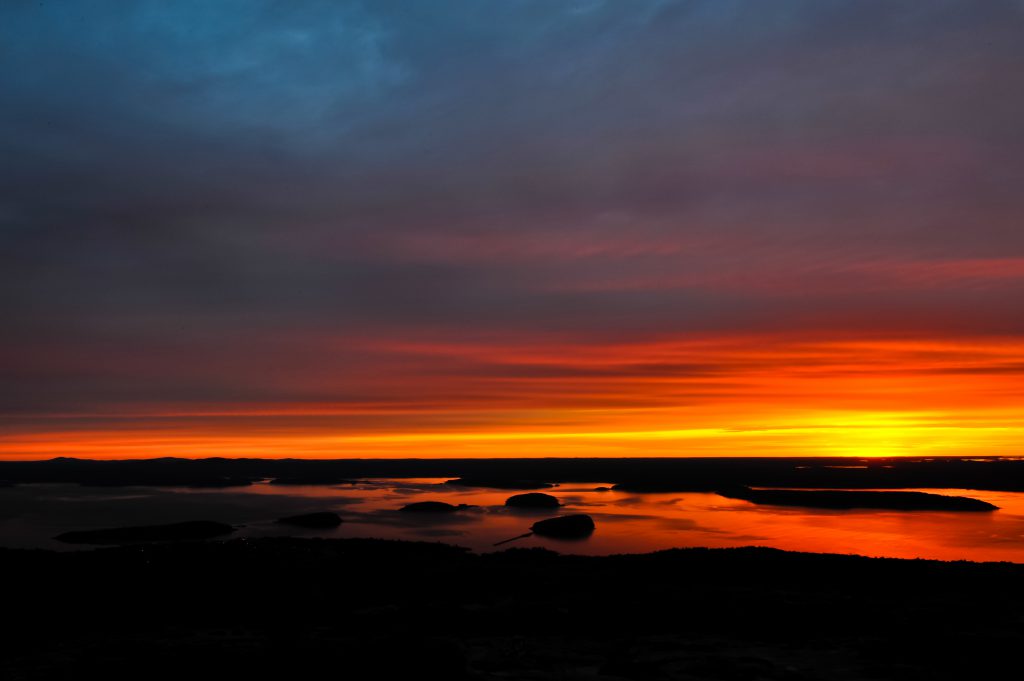
It’s all about the light.
Typically, sunrise and sunset provide the most dramatic lighting conditions. If you sleep in and don’t get out until mid-day, you’re likely missing out on the most beautiful photo opportunities. The exact same shot taken at noon will usually be far less appealing.
Also, if you’re hiking, there are much less people on the trails early in the morning; plus, some national parks will stop admitting people when it gets too crowded mid-afternoon. Do yourself a big favor and get started early!

Be patient.
While on vacation in Sedona, AZ, I arrived at my selected photo location and a dozen photographers already had their cameras and tripods set up. But, it had been stormy all day and it seemed like a decent sunset wasn’t going to happen, so they all packed up and left.
I decided to stick it out and, right before sunset, the clouds opened up for just a few minutes and the sun perfectly illuminated the rocks. I learned a valuable lesson that day about patience and, in return, got one of my favorite photos!

Experiment with different compositions.
The two photos above were taken at sunrise in Acadia National Park on the same morning. The first photo was shot with a 14mm lens to emphasize the coastline and dramatic sky. The second photo was taken six minutes earlier with a 200mm lens to focus on the most colorful area of the clouds. Two completely different looking shots taken just minutes apart from the exact same location. It also shows how quickly the color in the sky can change!
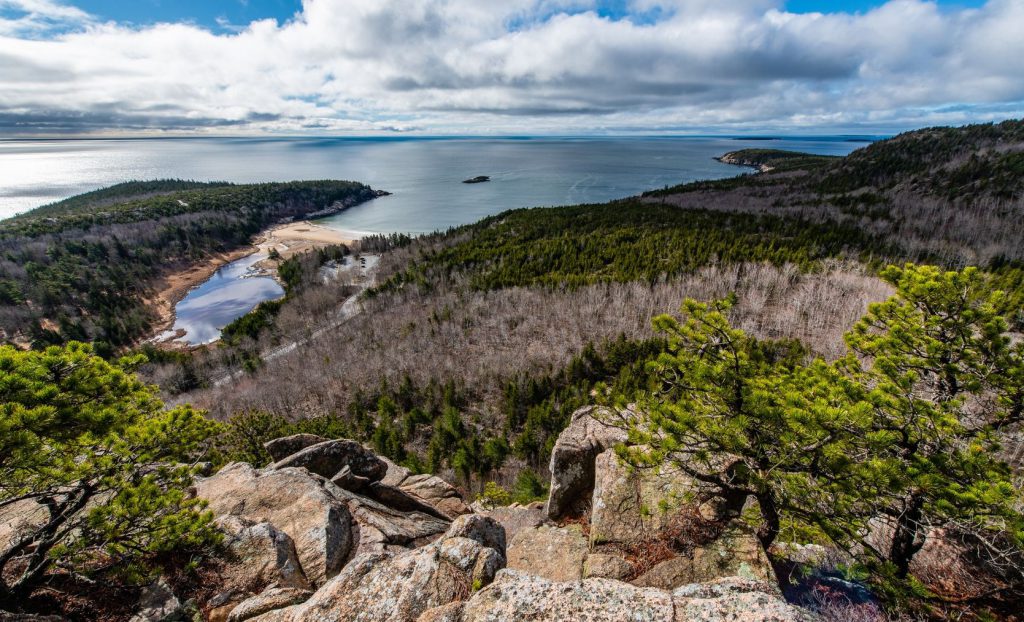
Look for unusual perspectives.
We’re so used to seeing things from eye level that changing the viewpoint can add a lot of interest to your images. The above photo from the top of the Beehive Trail in Acadia National Park shows a really nice birds-eye-view. This is the same coastline as in the previous two shots but now with a completely different perspective.
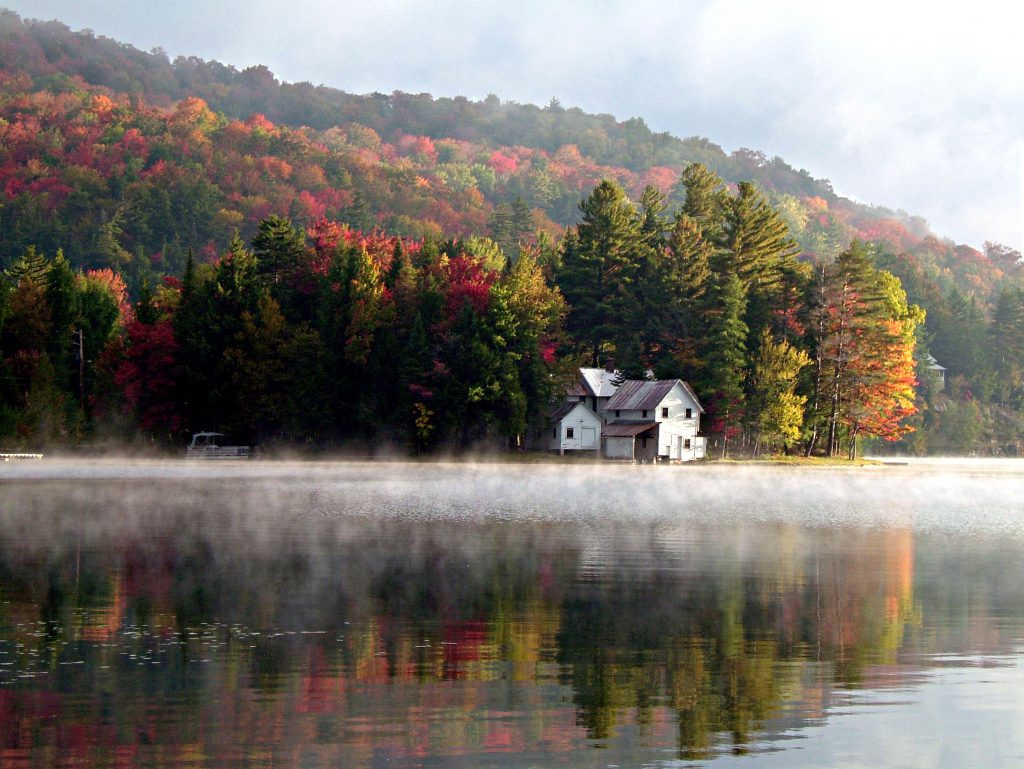
Experiment with reflections.
Incorporating reflections can add an element of interest to your photos that really shows off the scene. This can be anything from reflections in water or perhaps a portrait with the persons face reflected in a mirror or storefront glass.
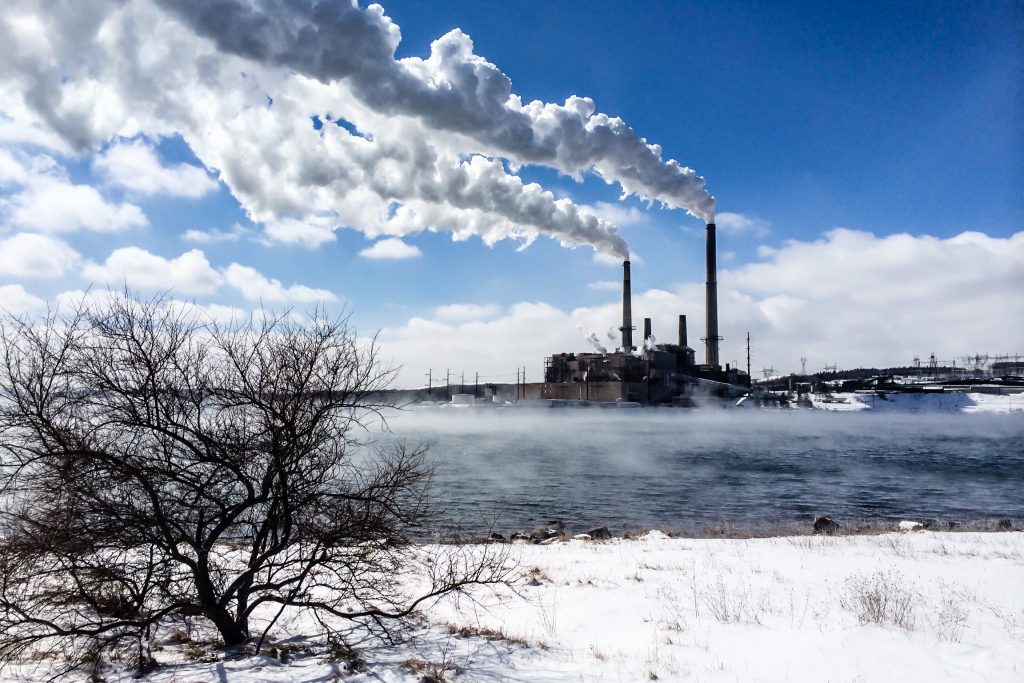
Be prepared.
The best camera is the one you have with you. While driving to a ski resort in West Virginia, I saw this scene by the side of the road. The only camera I had with me was my iPhone so I trudged through knee deep snow and did my best to compose the shot even though I could barely see the screen in the bright light.

Don’t give up on dreary days.
While we all love those colorful skies on a sunny day or even the dramatic clouds when a storm is coming in, the worst case scenario would seem to be those gray overcast days. But those overcast skies can produce beautiful soft light. So for this photo on a cloudy day with misty rain I wandered into the woods and found this lovely stream. I shot a ½ second exposure with my camera on a tripod to give the scene an impressionistic painterly effect and to take full advantage of the soft light.

Keep shooting after sunset.
Don’t be afraid of the dark! Late night shooting can add a wonderful mood to both cityscapes and landscapes. For cityscapes, take advantage of the ambient light from the streetlights and buildings. Either don’t use flash or use it very subtly to keep the mood.
For landscapes in areas with minimal light pollution, a long exposure can really bring out the night sky.
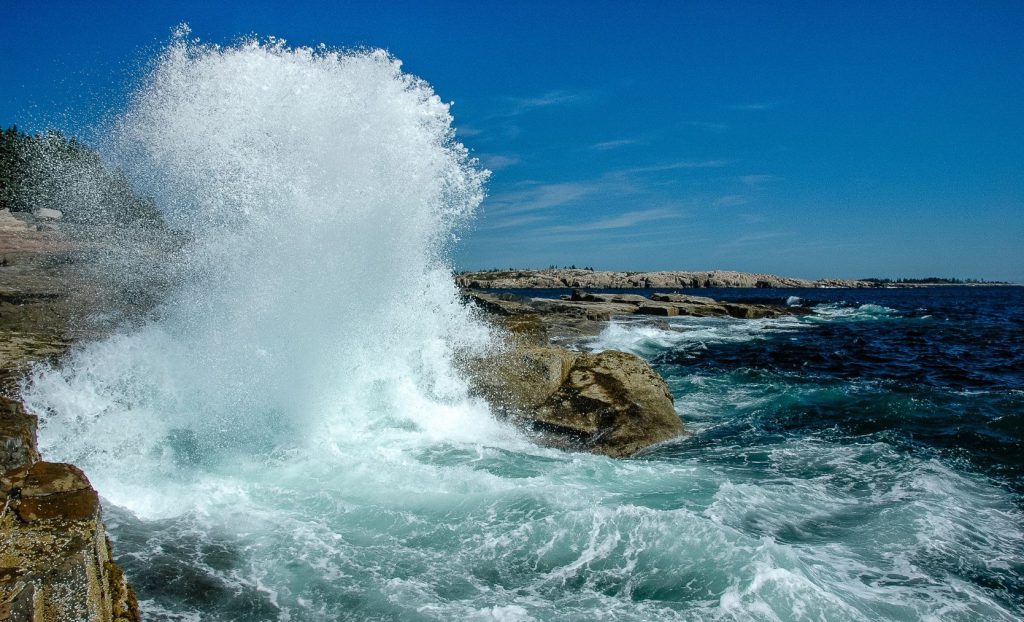
Emphasize details.
I arrived at the above location at midday and saw that the lighting, as expected for midday, was quite boring and there were hardly any clouds in the sky to add interest. Instead of shooting wide shots of the coastline, I decided to concentrate on a smaller scene that would help tell the story of this area. In this case, the waves crashing into the shoreline of the Schoodic Peninsula in Maine became a dramatic, interesting shot.

Scout locations.
During the day when the lighting conditions aren’t good, you can still make progress by scouting locations for future use. Knowing exactly where to go, park, and setup can be critical when you’re in a hurry to take advantage of the beautiful light later. The above two photos, a sunrise and sunset, were both taken high up on Cadillac Mountain in Acadia National Park.
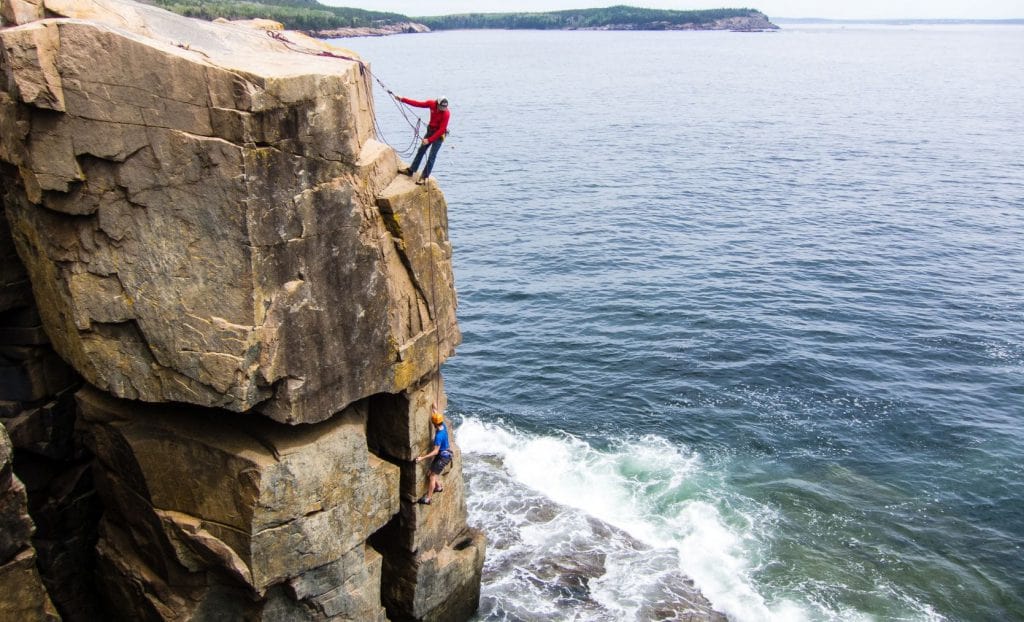
Include people in your landscape photos.
Adding people into your landscape photos adds both interest and scale to the scene. (It also shows the viewer the type of activities they might be able to do when visiting!) I took the above shot while rock climbing with my son at Otter Cliffs in Acadia National Park in Maine.
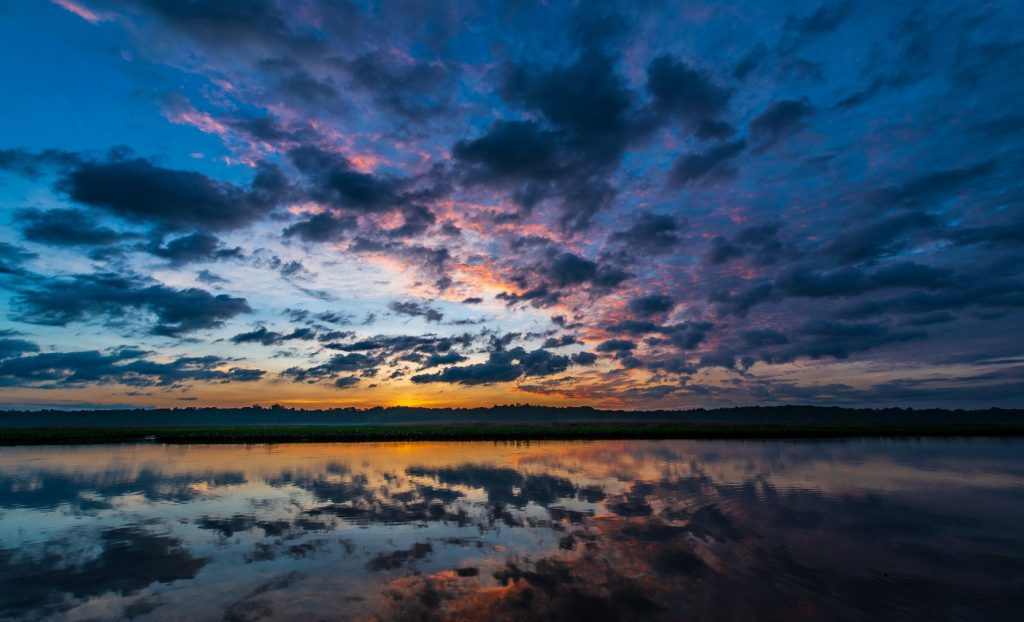
Check the weather forecast!
This goes way beyond just checking to see if it’s going to be sunny or rainy. For a great sunrise or sunset shot, you need some clouds. A clear sky is typically fairly boring; too many clouds is not great either. Download a few good weather apps and you’ll get pretty good at predicting when the conditions will be perfect. A gentle breeze is also good for time lapse photos since the clouds will be moving.








